Just outside the crowds of Kyoto city is a world of serene nature, vibrant culture, and deep history that you probably have never heard of before. Oita Prefecture, known mainly for its abundant onsen hot springs, is another area like Kyoto, rich in nature and history. We have carefully selected less crowded destinations in both of these fascinating areas of Japan and will cover them in a series of nine articles: “Travel like a Kyoto and Oita native to experience nature and traditional culture.”
Oita Prefecture in northeast Kyushu is known for its mountainous environment high in volcanic activity, which includes the Mt. Aso caldera and the Kuju Mountain Range. If you are looking to escape the cities and explore a rugged, natural landscape during your trip to Japan, Oita Prefecture is where you should go.
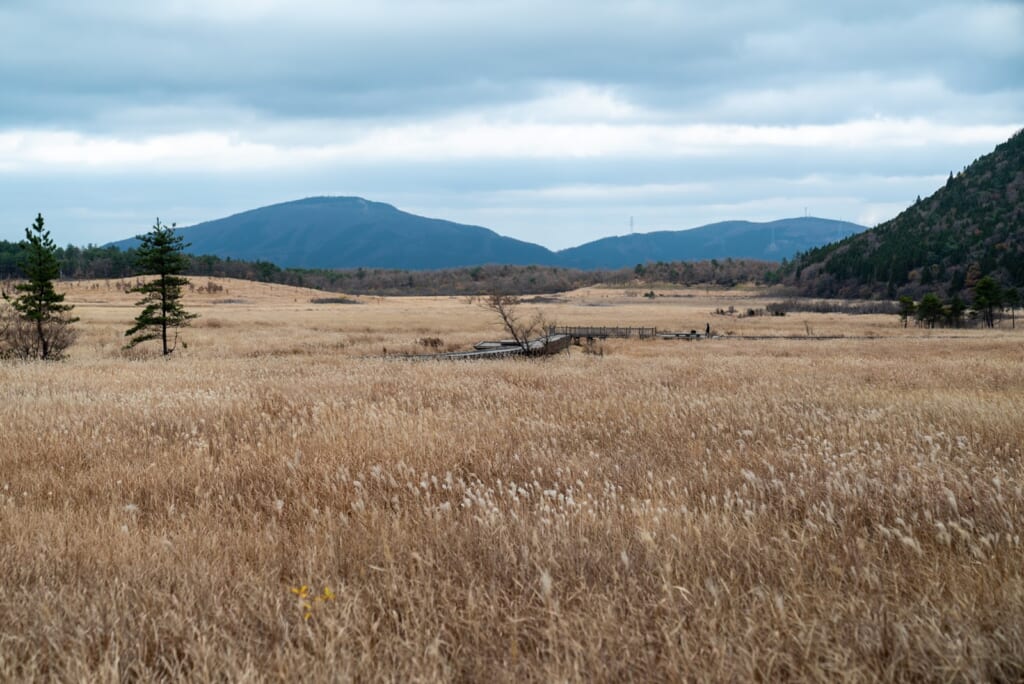
The Tadewara Marsh
The Tadewara Marsh, on the northwestern side of the Kuju Mountain Range, were formed by volcanic activity 15,000 years ago and came into being in their current form around 6,300 years ago. As silt flowed down the northern side of the Kuju Mountain Range, it collected in the valley here, eventually blocking the river and creating the fertile wetland marsh that we see today. Fed by rain falling on the mountain, the water takes three to six months to flow through the mountain and emerge as spring water.
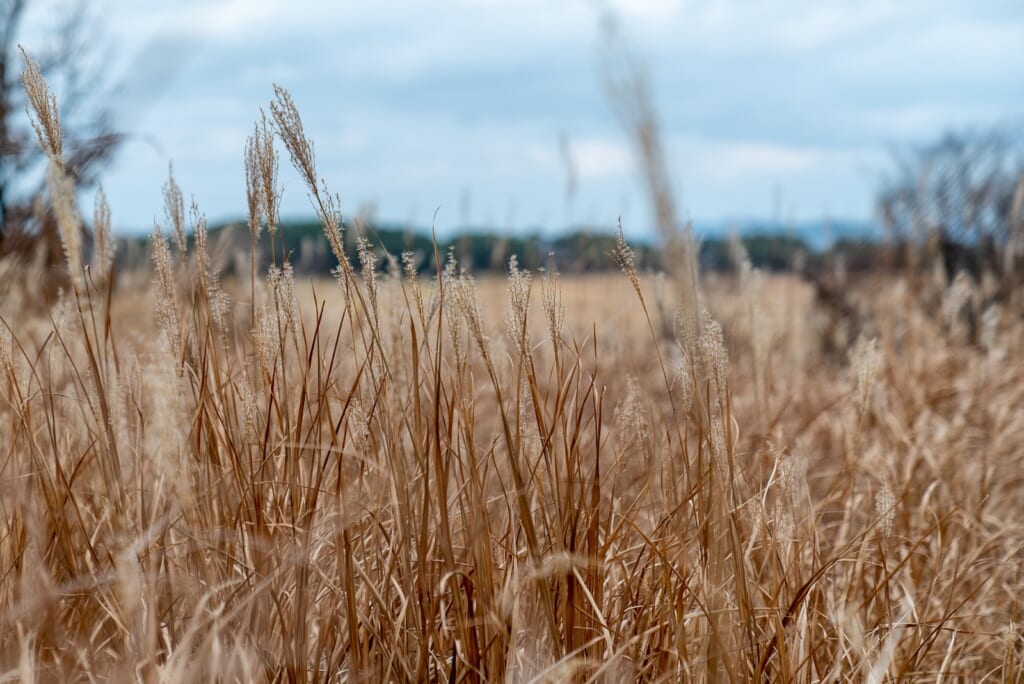
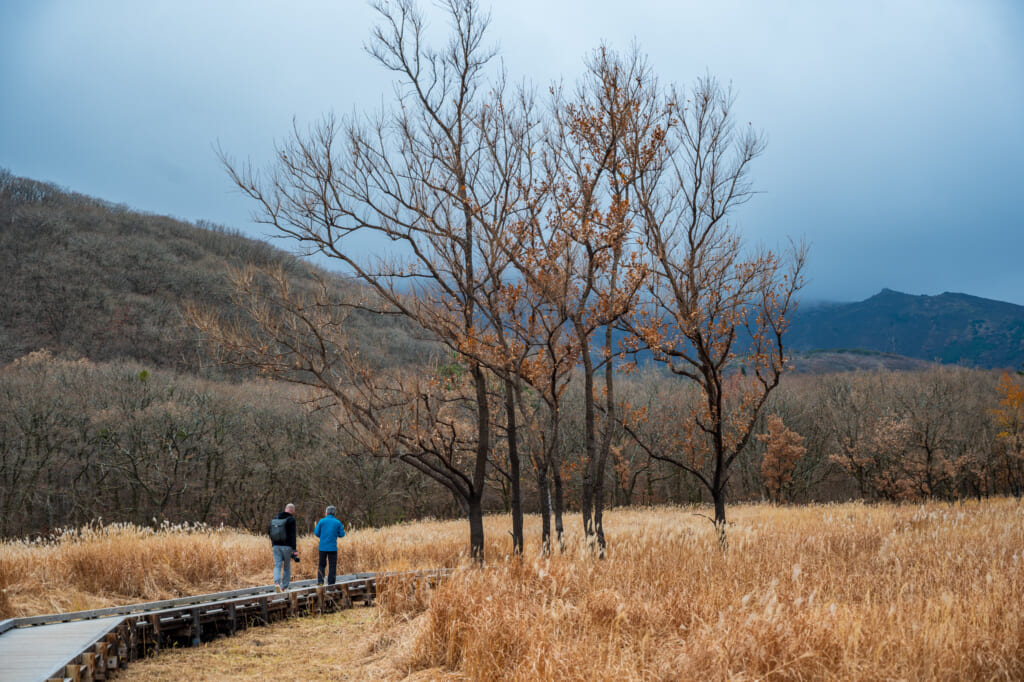
Although we were greeted with a moody, overcast sky on the late Autumn day we were there, the landscape was still spectacular, with a sea of Japanese silver grass swaying in the cool breeze and stretching across the plain to the base of the mountain range. In winter, the marshlands are covered in snow, but come spring the grasslands are set alight in a controlled burn. This is to preserve the diverse natural habitats of the marsh, and so that shrubs and trees do not become invasive. But the marsh is not blackened for long, soon the landscape transitions to a fresh green, covered in native wildflowers and home to birds and other wildlife.
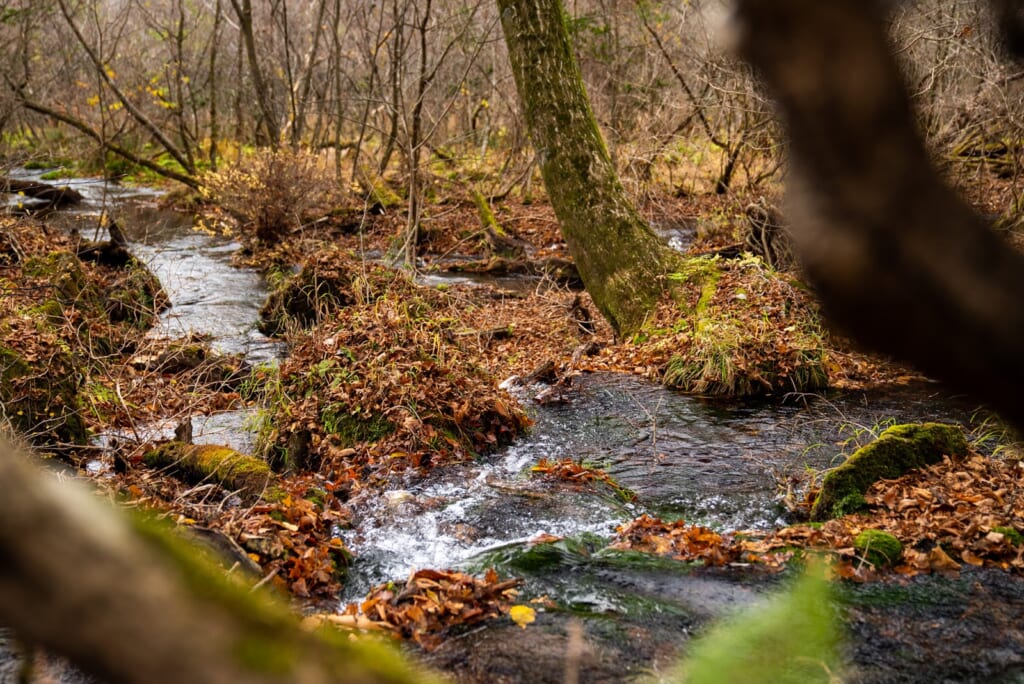
The boardwalk trail is 2.5km long and a relaxing walk around the area can be completed in one hour, or the wetlands can be used as a stepping stone to trek to the Kuju Highlands, with trails heading up to Mt. Kuju, and the famous Hokkein Onsen Sanso mountain cottage which contains the highest altitude onsen in Kyushu.

One of our guides, Okazono-san, has been a wetlands tour guide for 4 years, but has been an avid mountain climber for over 30. He loves rock climbing and has climbed the Matterhorn twice, the last time being five years ago. He is a member of the Kuju Nature Guide club which specialises in ecotours primarily within the Aso Kuju National Park, an area he jokingly described as his garden. When asked to estimate how many times he has soaked in the waters of the Hokkein Onsen Sanso, he replied with a beaming smile, “So many, I cannot count”.
Kokonoe Yume Otsurihashi: Japan’s Highest Suspension Bridge
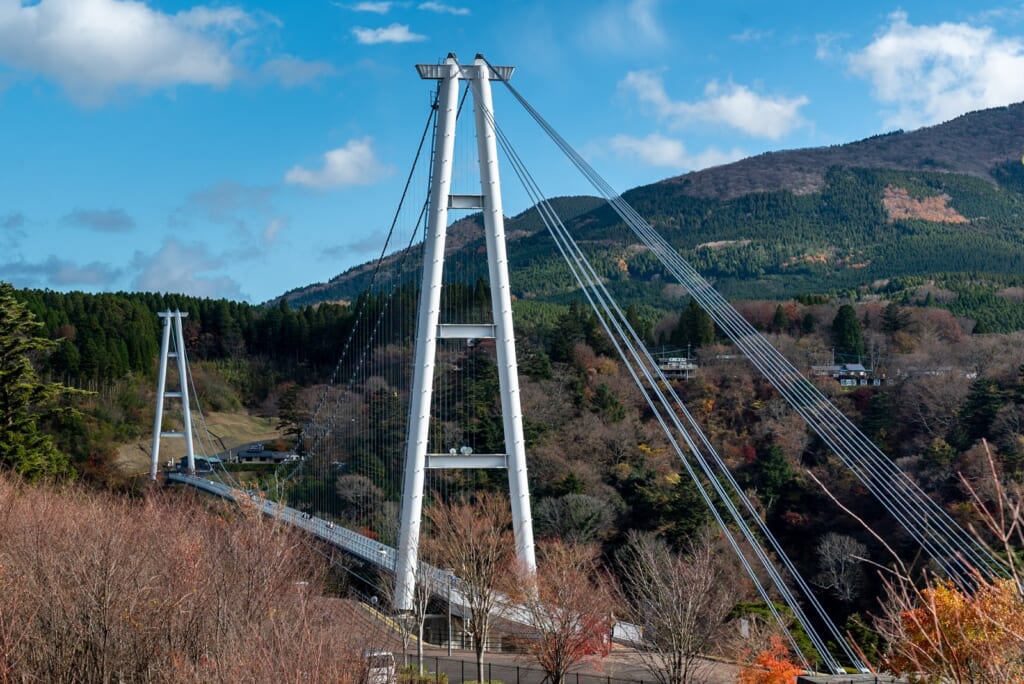
Within a ten minute drive of the Tadewara Marsh is Japan’s highest suspension bridge, the Kokonoe “Yume” Otsurihashi, or Kokonoe ‘Dream’ Suspension Bridge. The bridge spans the 390 meter-wide Narukogawa Valley, allowing for spectacular views of two waterfalls, the Odaki (male) and Medaki (female) Shindo Falls. In 1975, a large earthquake destroyed the road going down to the falls making it difficult for people to be able to view them. The locals thought it would be wonderful if there was a bridge so people could see the falls. Many dismissed the idea, saying the whole idea was just a dream, but in 2006 that dream was realized and the name of the bridge, inspired.
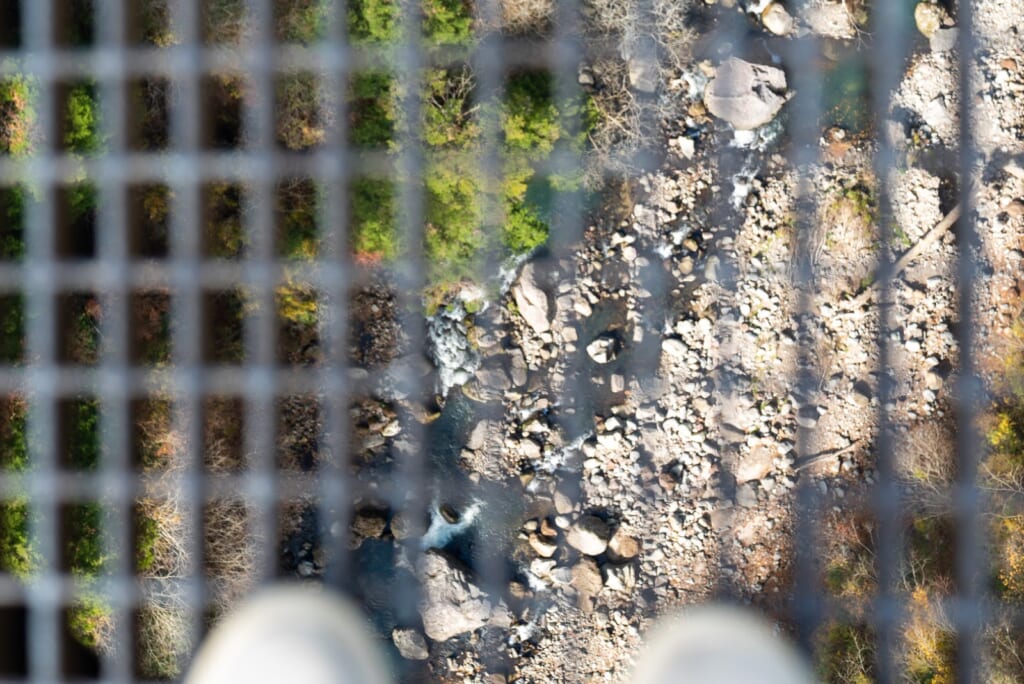
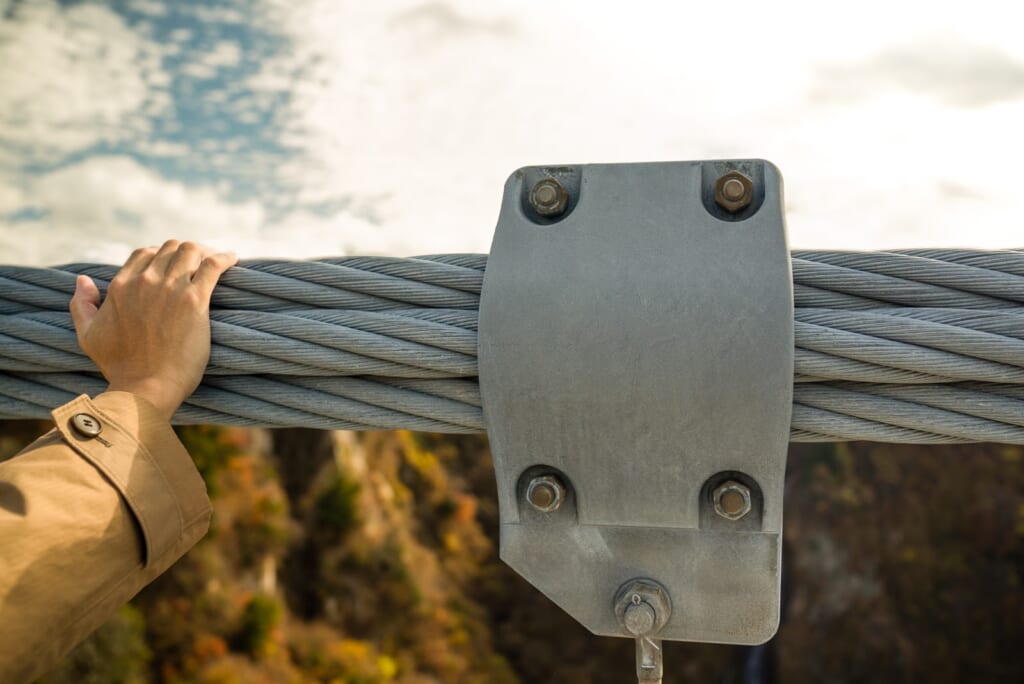
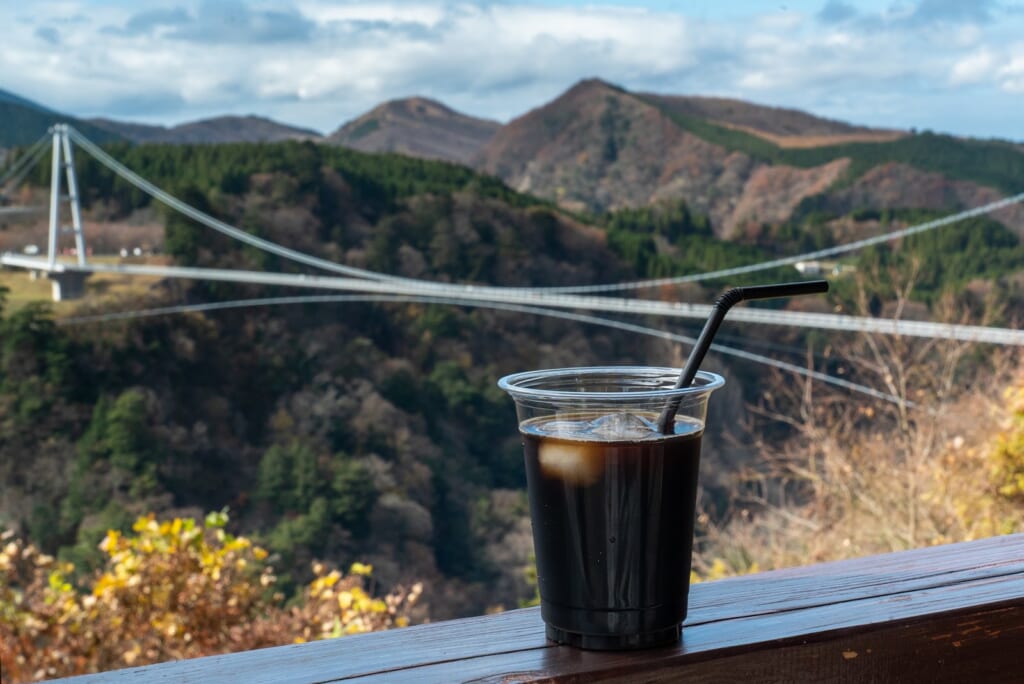
The highest section of the bridge is 173 meters above ground, and it is 1.5 meters wide. Once plans were approved, the bridge was under construction for two years, with a helicopter employed to get the suspension cables from one side of the valley to the other. Those scared of heights beware — not only is the bridge high, to reduce sway, the center strip of the bridge is constructed of a metal mesh which means you can see all the way down to the floor of the valley. Those brave enough to make the crossing, will be met with dramatic views of the falls on one side, and the valley extending off into the distance on the other. Once you make it across, you can take in the view on solid ground, and relax with an iced coffee from ’Hashi no Eki Shiratori’, or some karaage fried chicken from ‘Yamaboushi’.
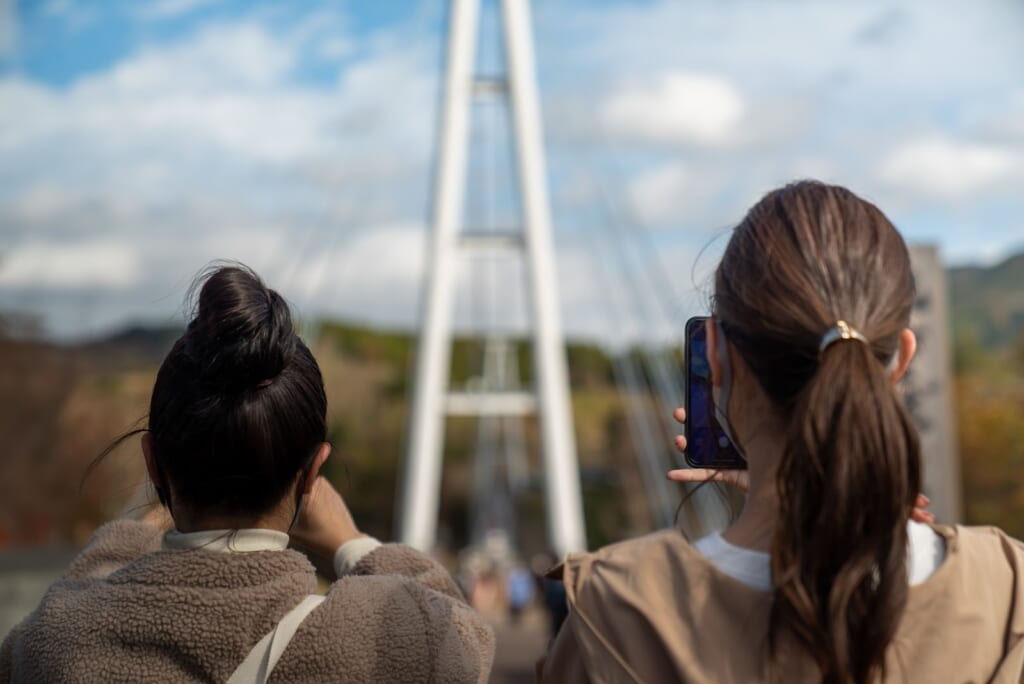
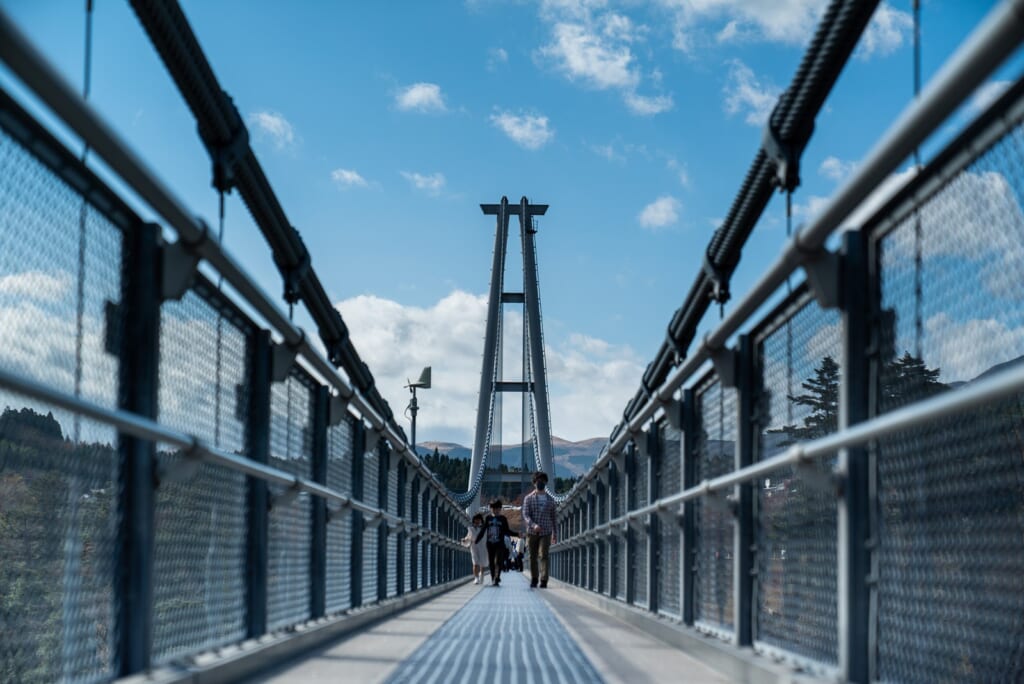
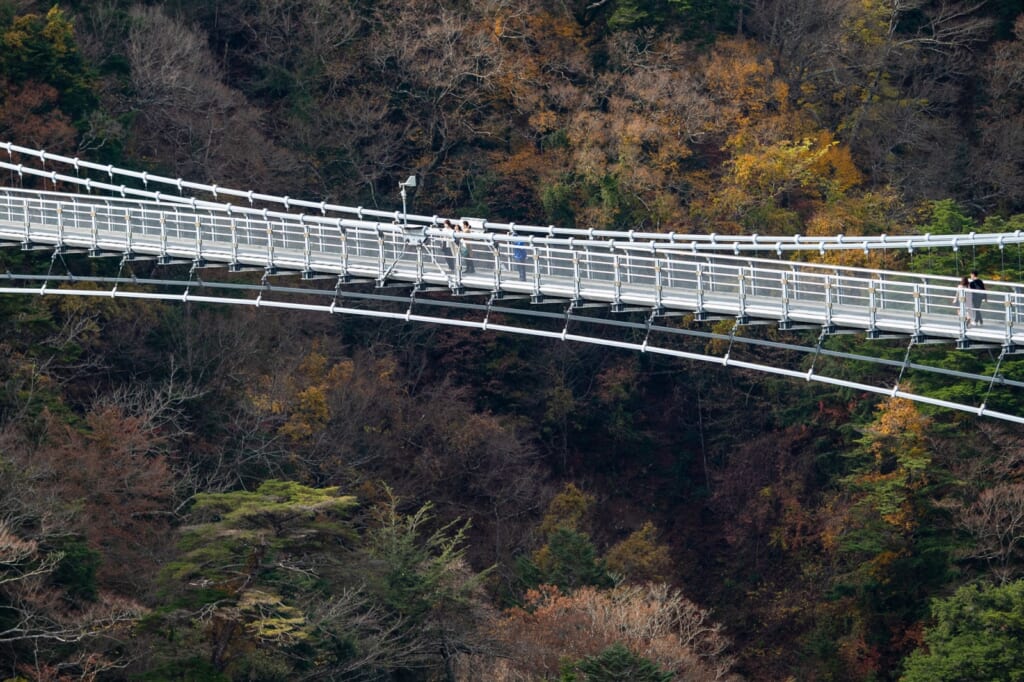
The bridge is open all year round, and the view changes depending on the season. In winter the valley is covered in a blanket of snow, spring brings with it an abundance of green, summer sees the valley fill with fog in the mornings, and in autumn you are treated to a gradation of hues as the fall leaves change color all the way down the valley. The Town of Kokonoe also boasts the second-largest volume of hot springs water produced in the prefecture, is known among engineers and environmentalists for its geothermal power generation, and is one of the largest blueberry producers in western Japan — so don’t forget to try the blueberry ice-cream when you make you way back to the tourist information center!
Grilled Fish at Katsura Chaya
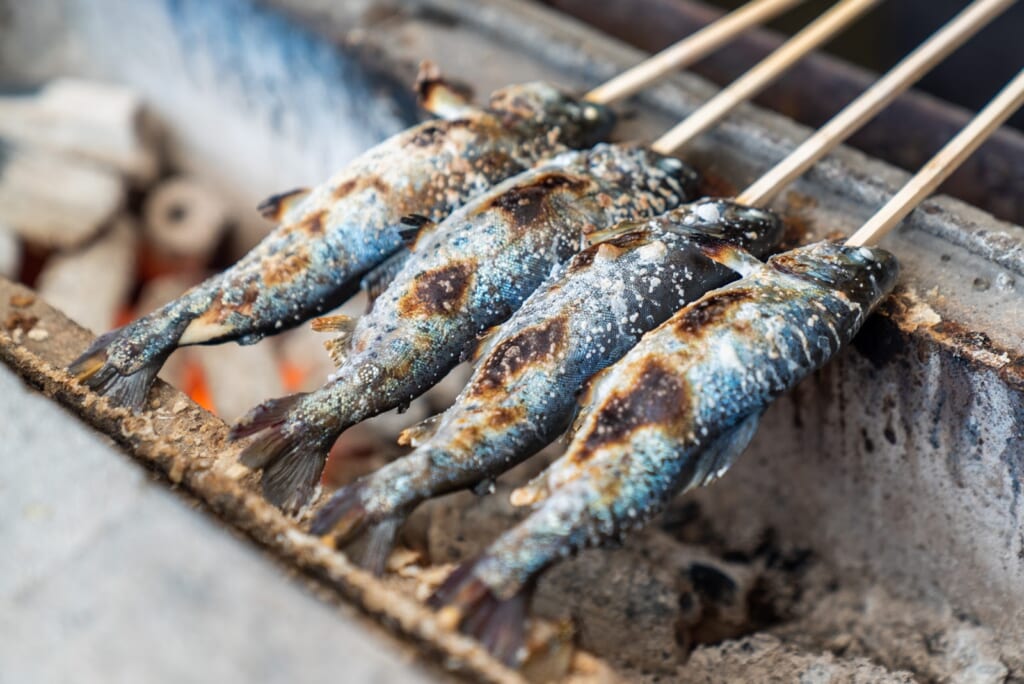
For those ready for lunch, a five-minute drive down the road from the Kokonoe “Yume” Otsurihashi is the popular Katsura Chaya. Known in the area for its views of the valley beyond, and serving delicious local masu salmon straight off a charcoal grill. If you are not ready for a meal, try their charcoal grilled dango mochi stick, or some of the local produce and snacks available in the souvenir area.
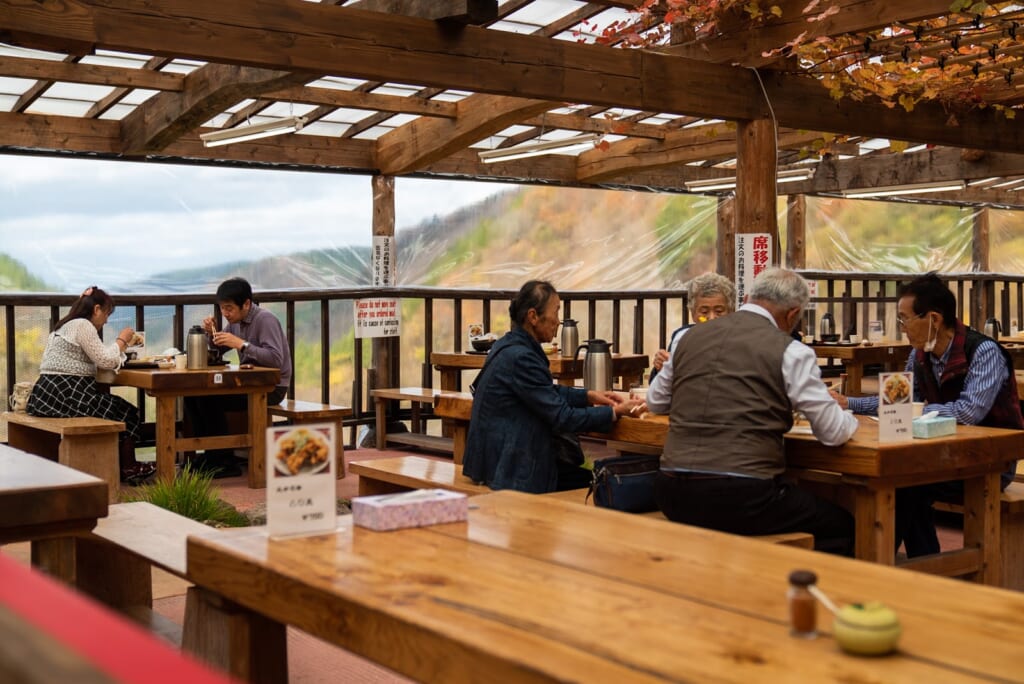
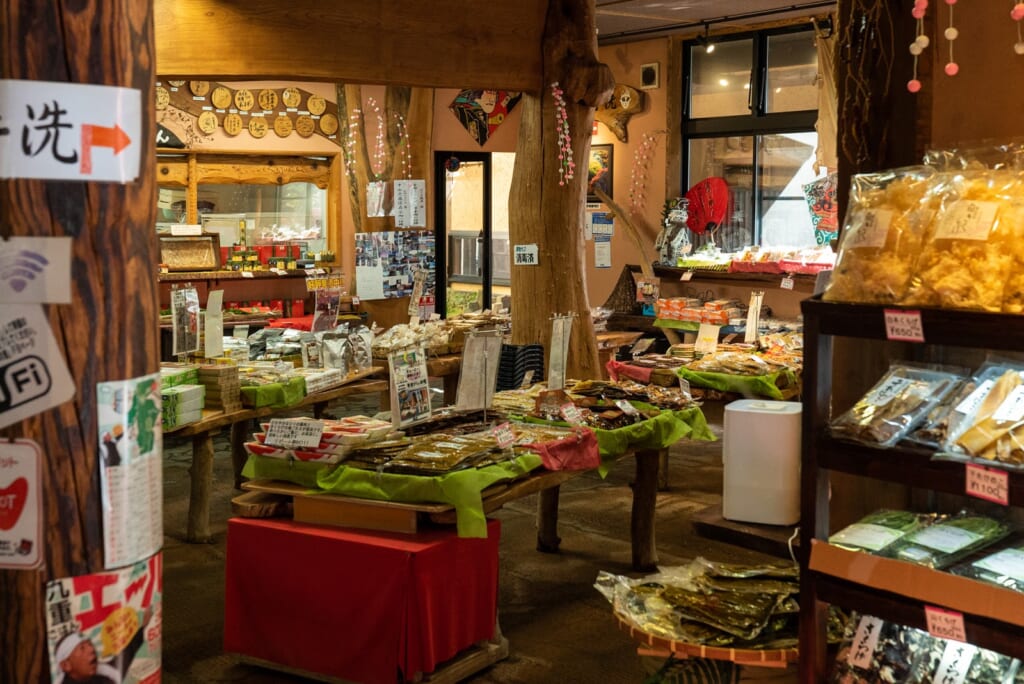
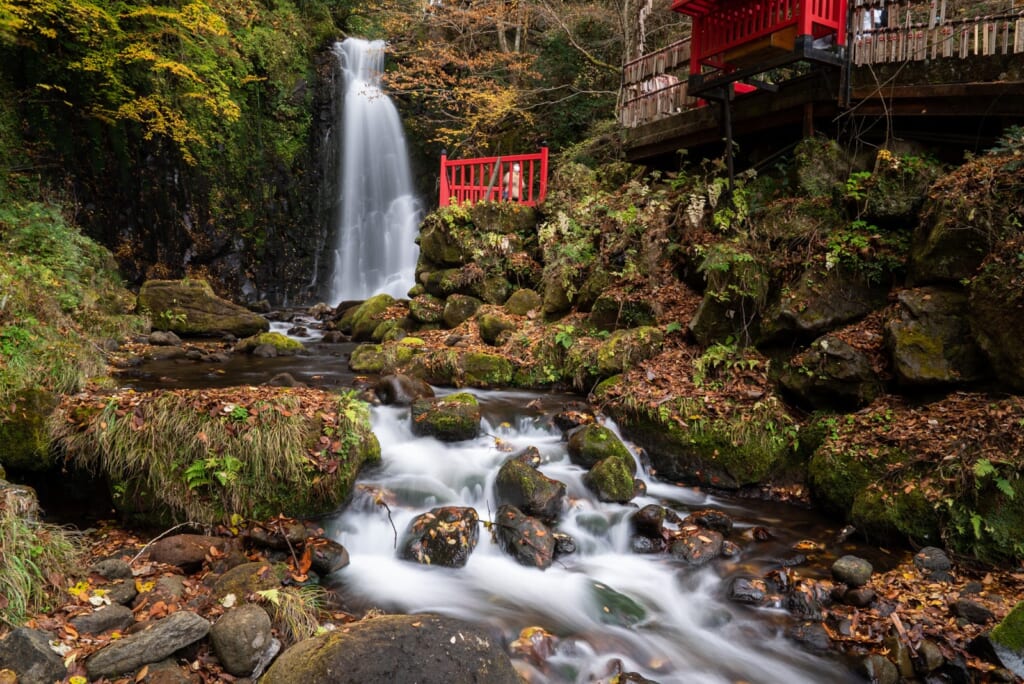
The restaurant backs onto a waterfall which along with the view of the valley, makes it a picturesque spot. The waterfall is said to have a protective spirit called a tengu trapped inside it who will grant wishes to travelers and locals alike. It is said if you buy one of the small wooden tablets with a small picture of a tengu (the character with a long nose) on it, and write down your wish, you are guaranteed it will come true.
Millions of Flowers: Kuju Flower Park
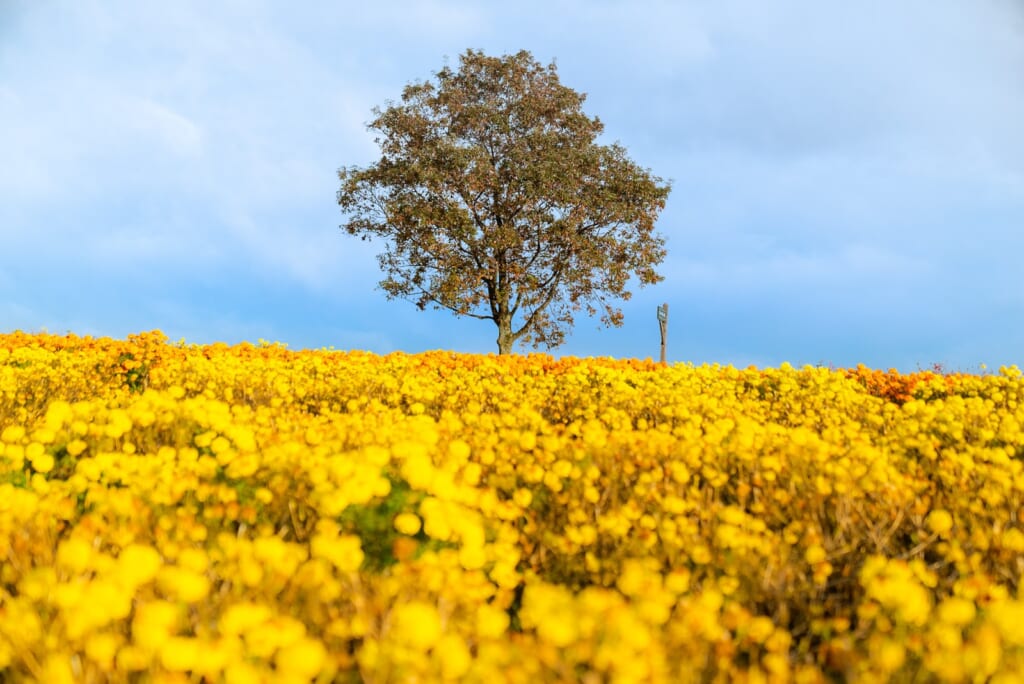
On the southwestern side of the Kuju Highlands lies Kuju Flower Park. This huge park is spread out over 220 square kilometers, with vast fields of flowers contrasting with the views of the mountain range in the distance. Throughout the various seasons, the park is home to five million flowers, which are made up of around 500 species, and is split up into 17 areas which bloom at different times of the year. This ensures that no matter when you come during the spring, summer, and autumn seasons, you will be met with fields in bloom.
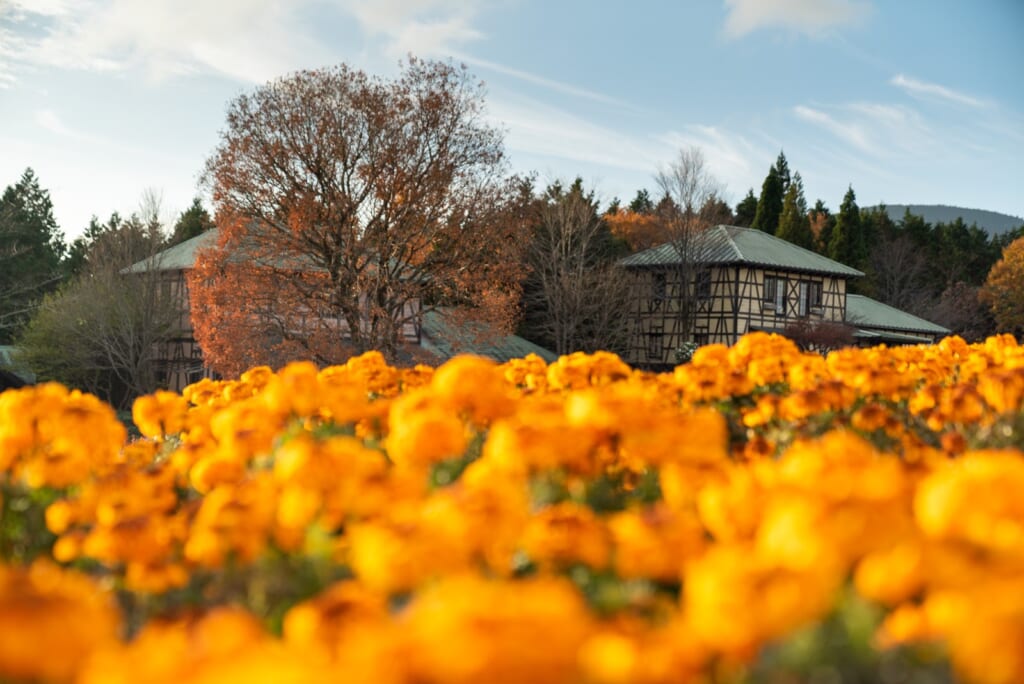
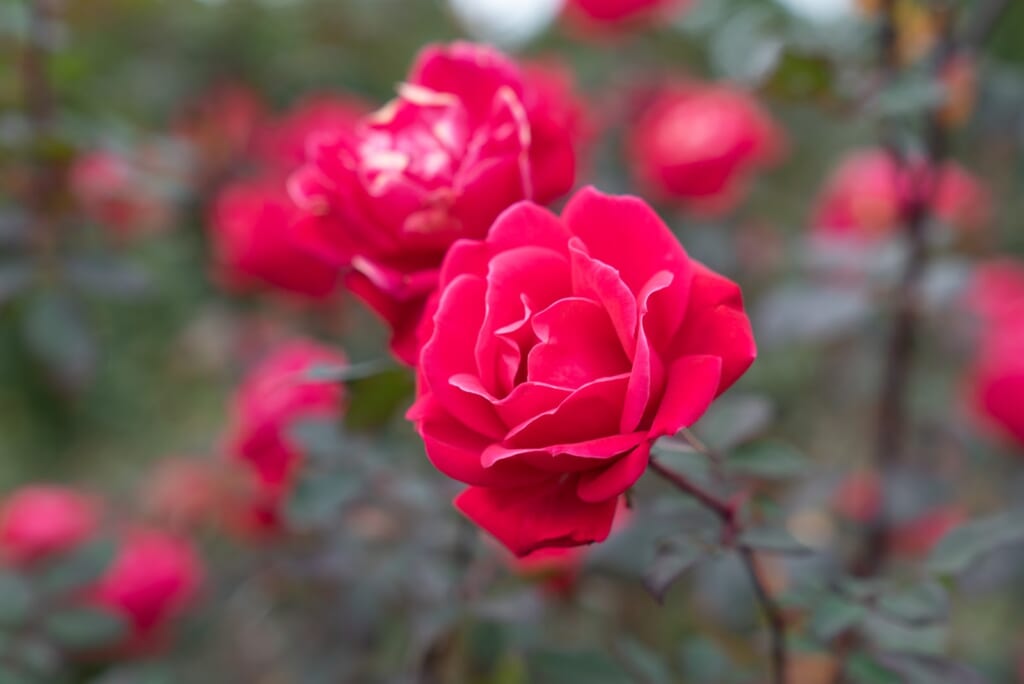
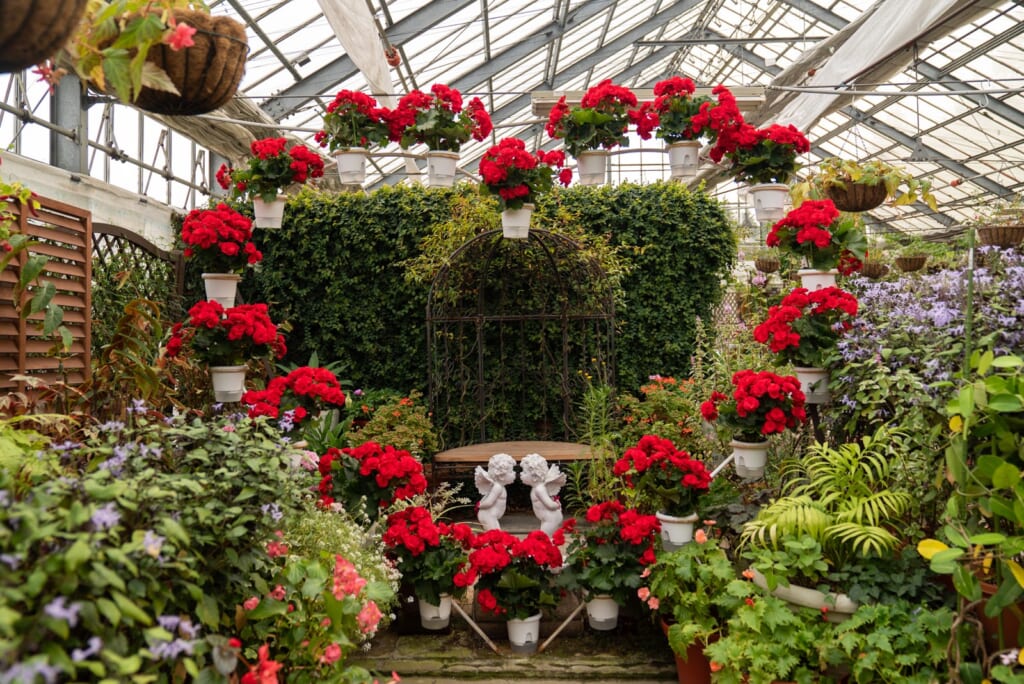
The flower field bursts into color in spring, with fields of tulips, pink moss phlox, and baby blue eyes taking center stage. They are then succeeded by roses, sunflowers, and lavender in the summer, with sage and cosmos blooming from September to October. The park also has an indoor greenhouse with more tropical and subtropical plants, in particular begonias and fuchsias, blooming all year round. The park is perfect for those with a green thumb and a young family in tow, as the kids can exhaust themselves running around while you get a chance to stop and smell the roses.
The Ajimu Farm Stay Experience
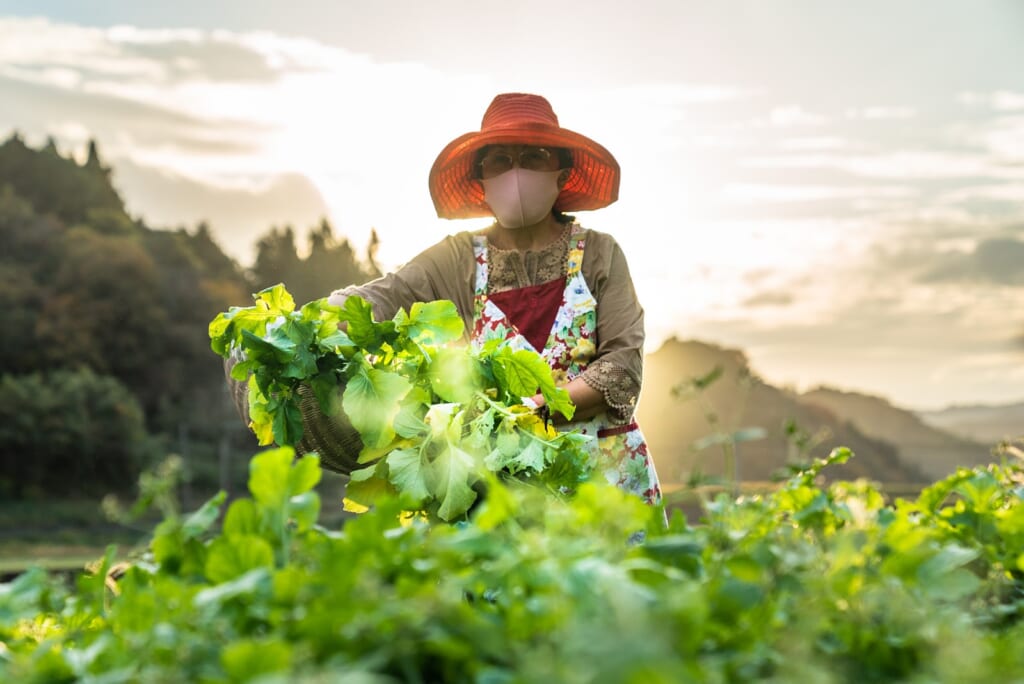
Nestled in among the hills a fifteen-minute drive south of Usa City on the north coast of Oita Prefecture, lies the township of Ajimu. This sleepy farming community has been hosting farmstay experiences since 1996, and is a perfect alternative for families, couples, or individual travelers looking to slow down for day or two during their trip to Oita Prefecture. We had the pleasure of meeting Mr. and Mrs. Tokieda of Anshin-in, one of the many families who would love to take you in and help you discover what the slow life is like in the Japanese countryside.

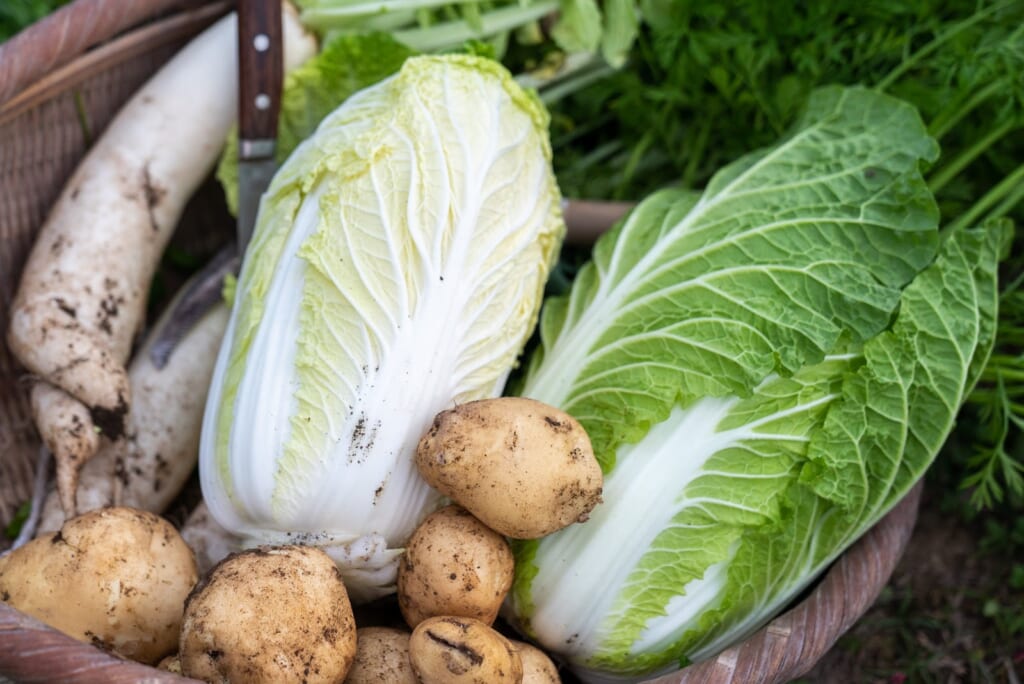
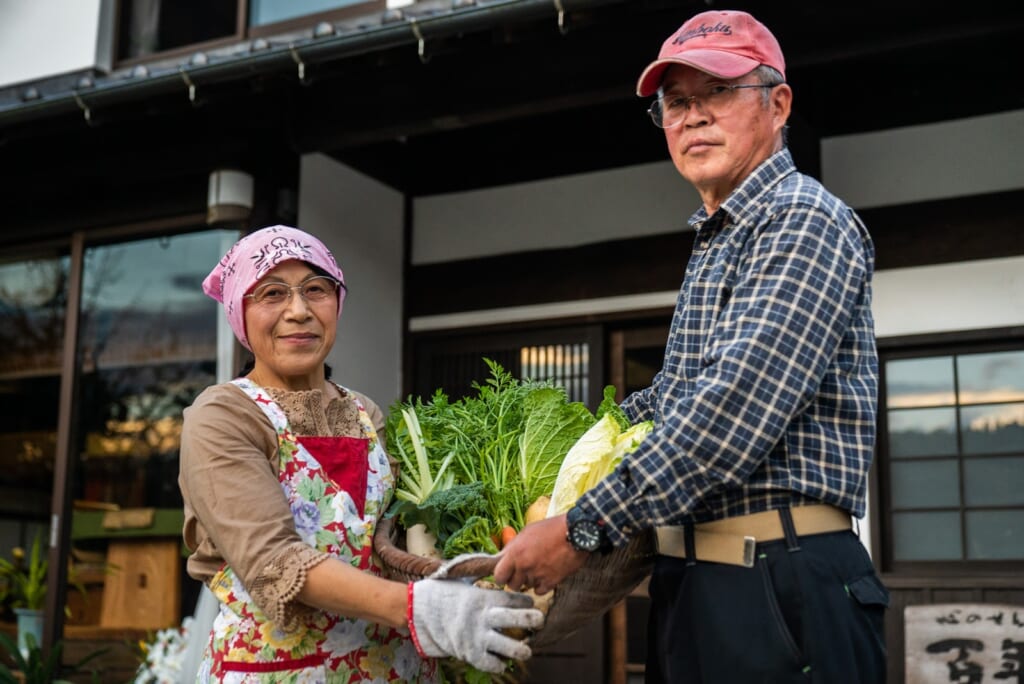
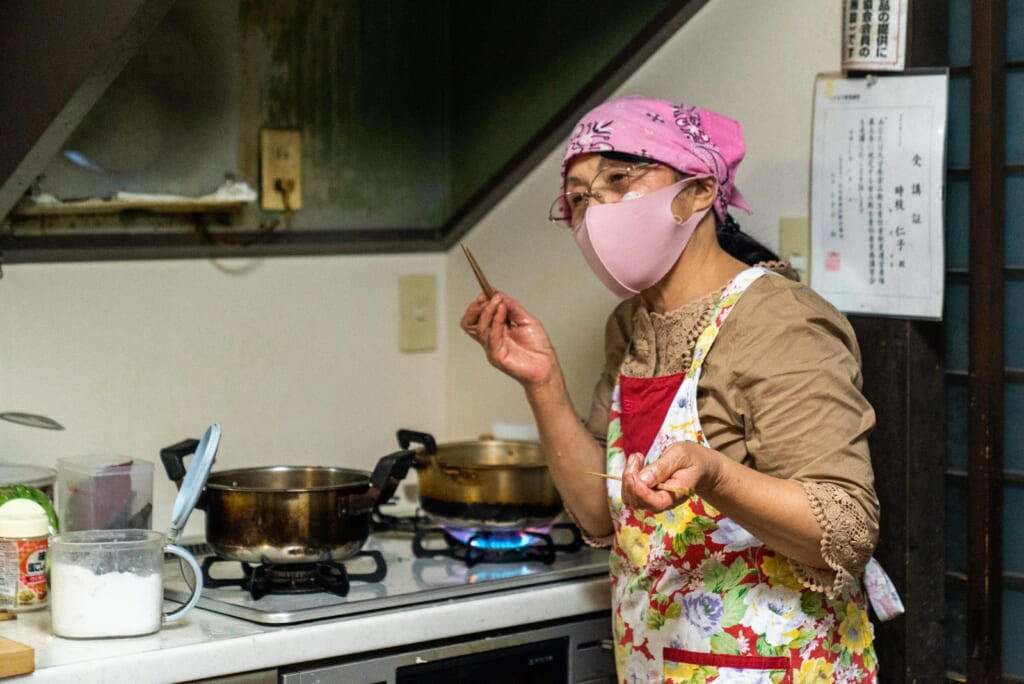
We arrived as the Autumn sun was fast falling below the horizon, and Mrs. Tokieda greeted us with a cup of tea and a homemade kaki yokan, or jellied persimmon sweet. “We have a small farm”, she explained, “but we want to create large memories for our guests by giving them a local farming experience in rural Japan”. They are the 30th generation to have lived here, and “with every generation getting poorer and poorer, we are also the poorest generation”, she joked. After finishing our cup of tea we went out to their fields to collect vegetables for dinner, and in no time had a basket overflowing with daikon radish, broccoli, potatoes, napa cabbage, and baby carrots. Mrs. Tokieda started cooking straight away encouraging us to try the broccoli with a dab of miso paste, as well as the tender baby carrots. She told us that when groups of school kids stay, even if there are certain vegetables they don’t usually like, they enjoy them here because they are so fresh.
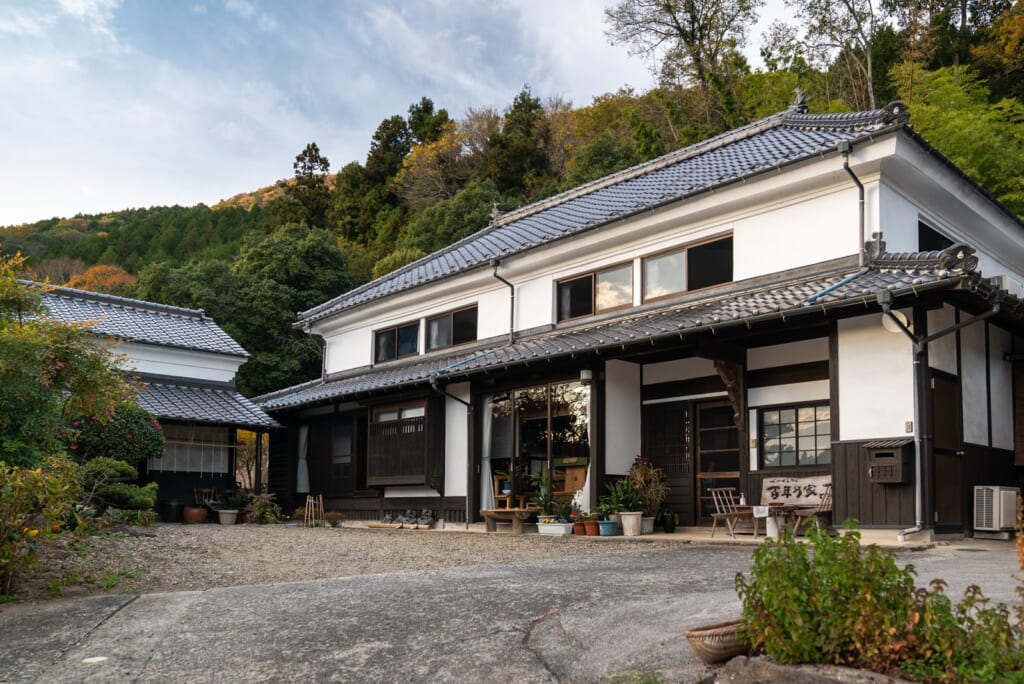
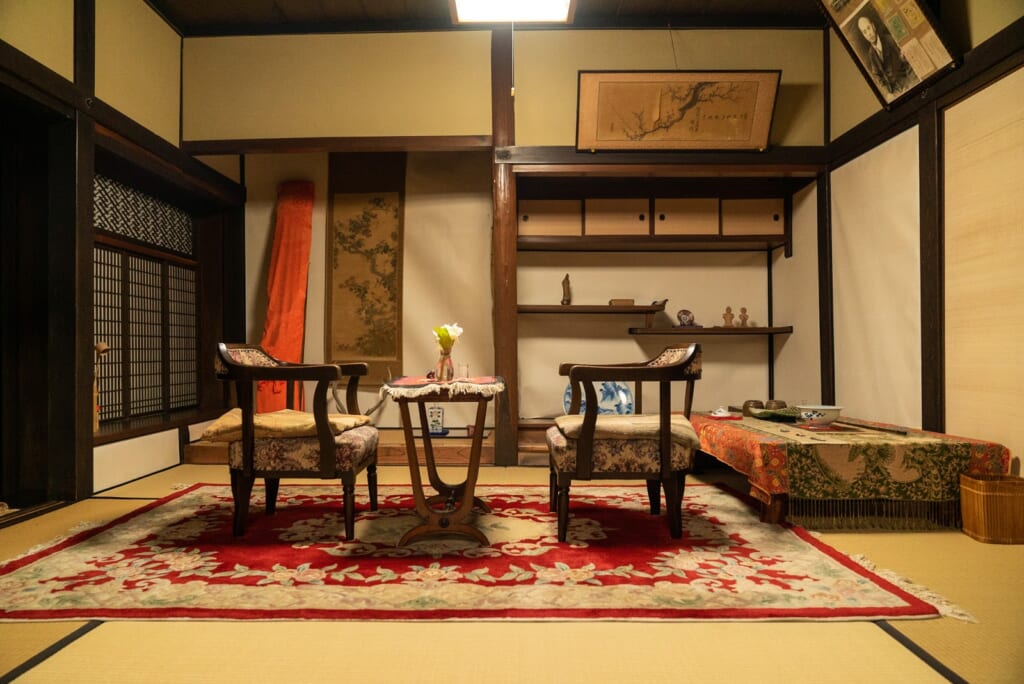
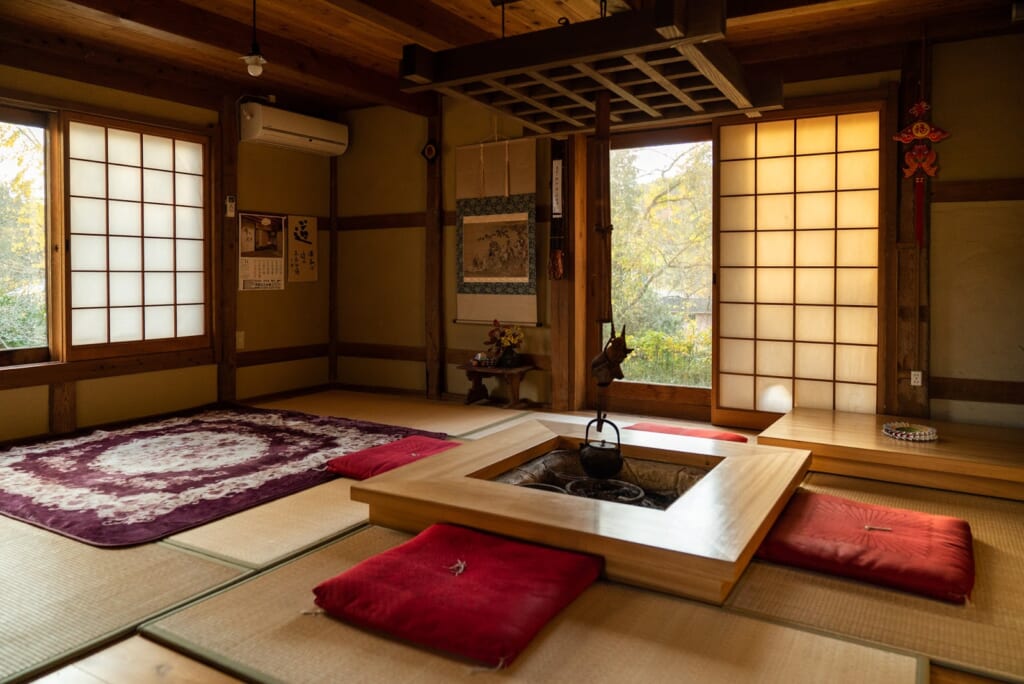
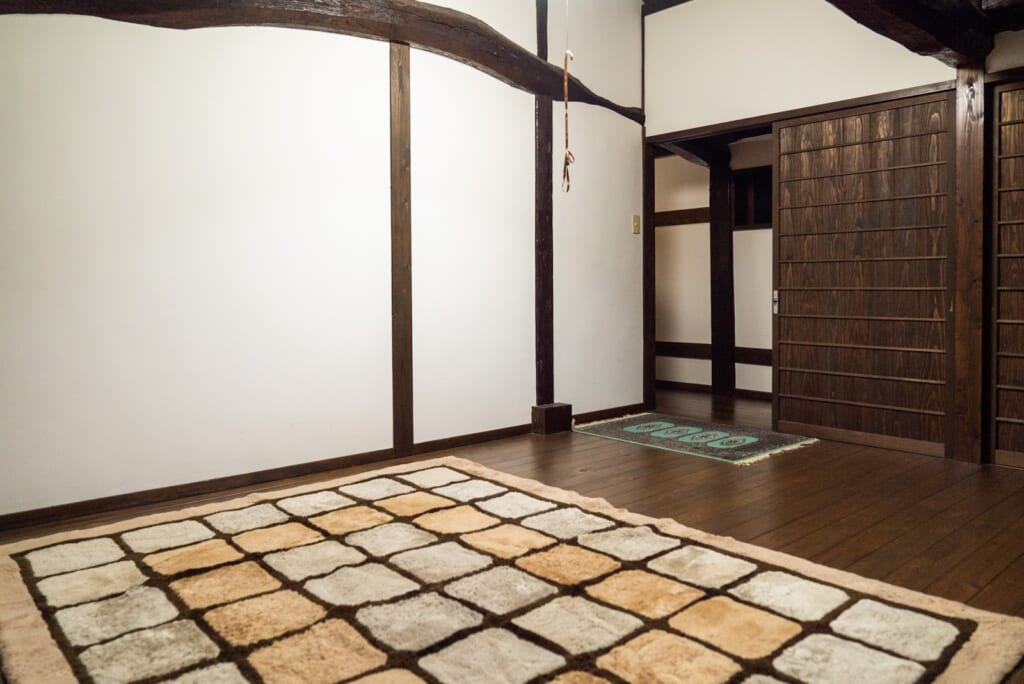
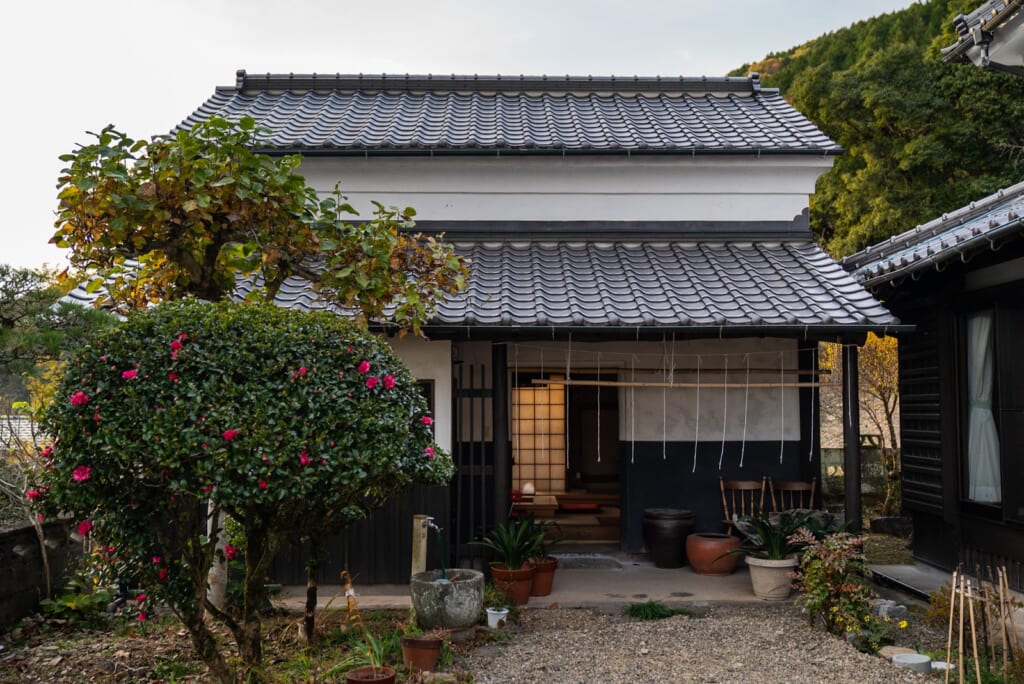
The house they have available for guests is huge, with sleeping areas both downstairs and upstairs. There is also a kura, or storehouse, next to the main building which has been converted into a very comfortable place to stay for couples. The main building was constructed in 1894 and is large by design as it originally accommodated a multi-generation household. It’s easy to imagine the house being very noisy, with little kids running around inside, the parents in the kitchen, and the head of the household sitting at the central hearth smoking tobacco and drinking tea late into the night.
The COVID-19 pandemic restricted our interactions with Mr. and Mrs. Tokieda, but we greatly enjoyed completing the farming experience in Ajimu.
Cruise from Kyoto to Kyushu Aboard the Sunflower Ferry
This experience was part of a week-long journey taken by myself and fellow writer Todd Fong. The unique aspect of the trip was that we spent half the week in the countryside around Kyoto and the second half enjoying the countryside of Oita Prefecture. We bridged the two locations, which are hundreds of kilometers from each other, using the Sunflower Ferry, which provides a luxurious overnight ferry service that feels like a mini cruise in Japan. Learn more about the Sunflower Ferry and how to use it to complete a unique experience traveling in Japan.
More About Exploring Kyoto and Oita
To learn more about rural Kyoto and Oita prefectures, please continue to read the other articles in our series.
- Enjoy The Autumn Colors Outside of Kyoto City
- Experience Uji Green Tea at a Tea Farm near Kyoto
- Kayabuki: The Tradition of Thatched Roof Houses in Japan Near Kyoto
- Swords and Samurai in the Kyoto Countryside
- From Kyoto to Kyushu: A Mini Cruise on Japan’s Seto Inland Sea
- The Ancient Japanese Culture and Traditions of Oita Prefecture
- The Best of Oita: Usa Jingu Shrine, Beppu Jigoku and Chinetsu Ryori
- Unexpected Luxury Awaits You in World-Class Accommodations, Onsen, and Cuisine in Beppu
This article is sponsored by Kinki Transportation Bureau, Kyoto Prefecture and Oita Prefecture.
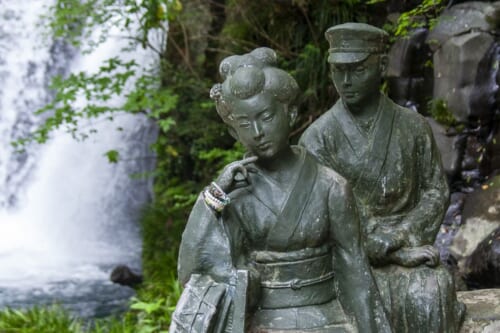

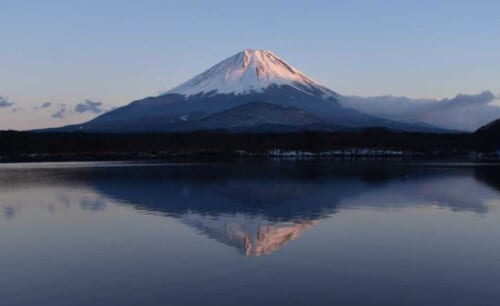

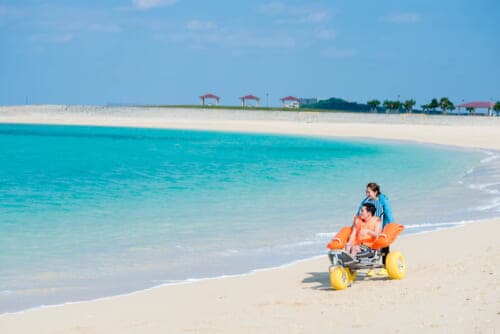
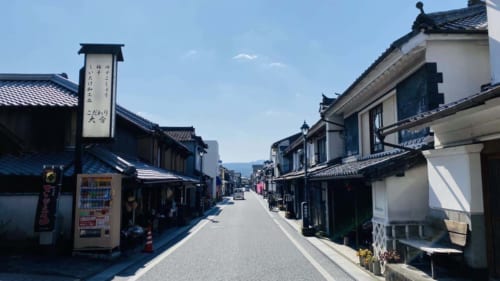

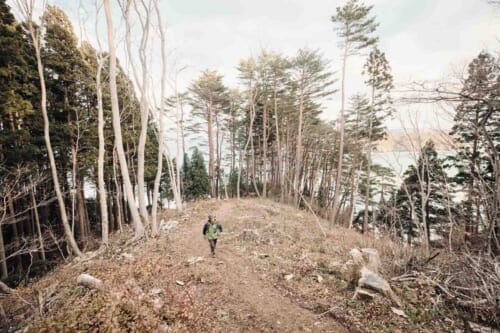
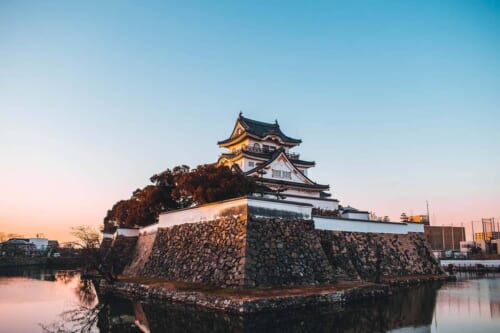
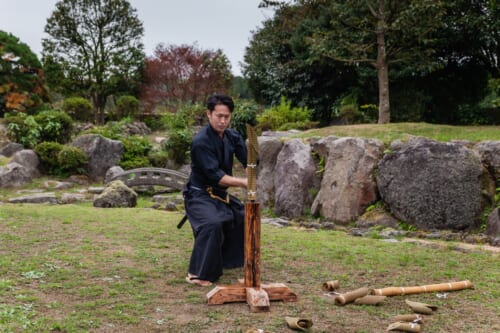


No Comments yet!